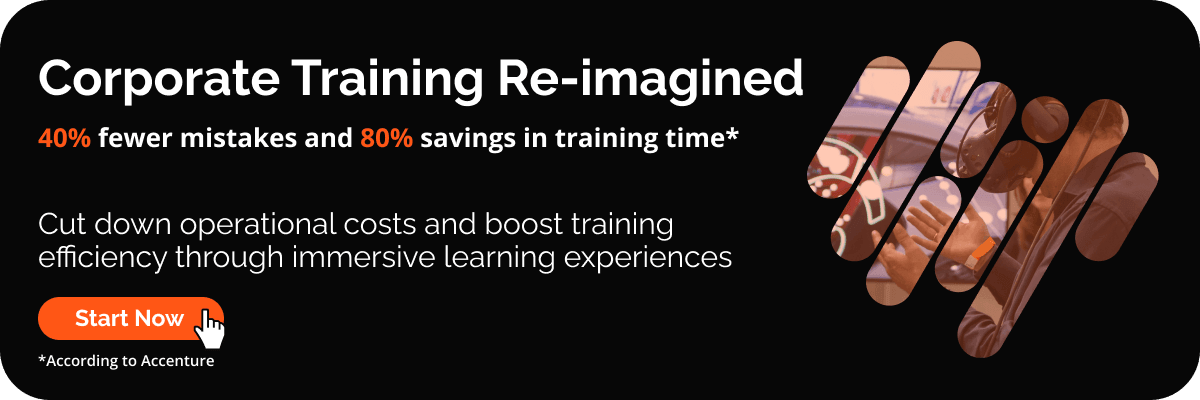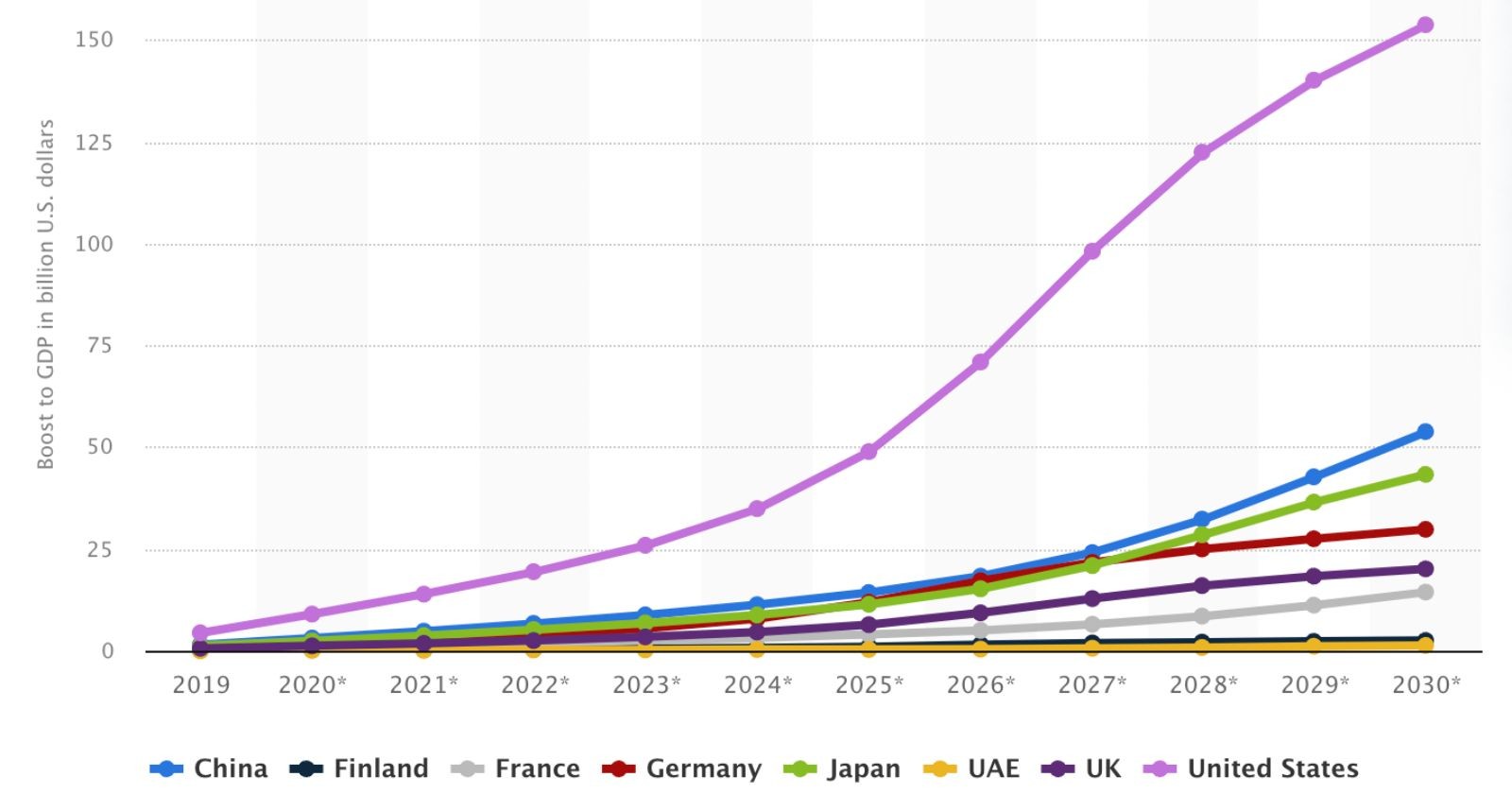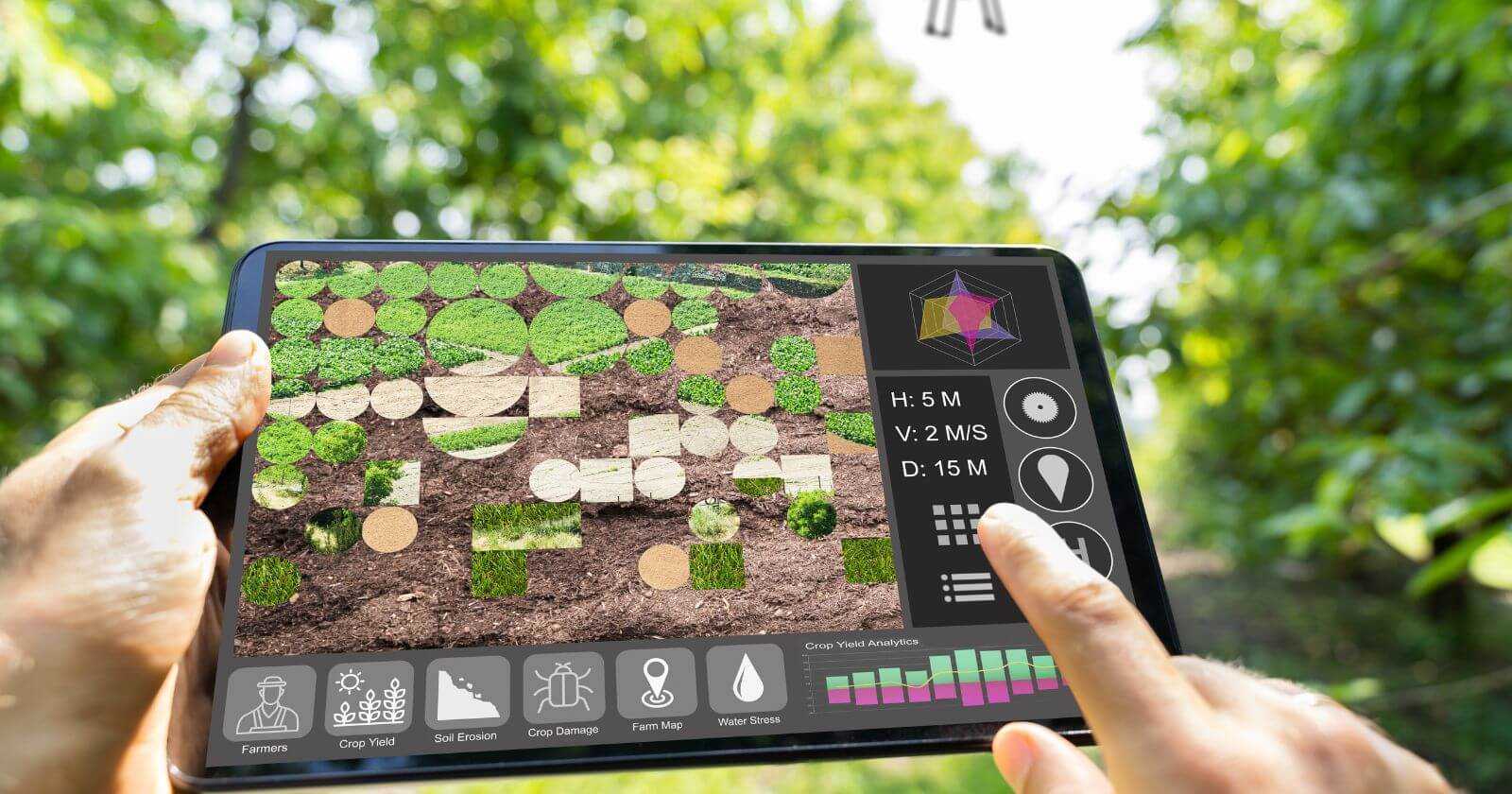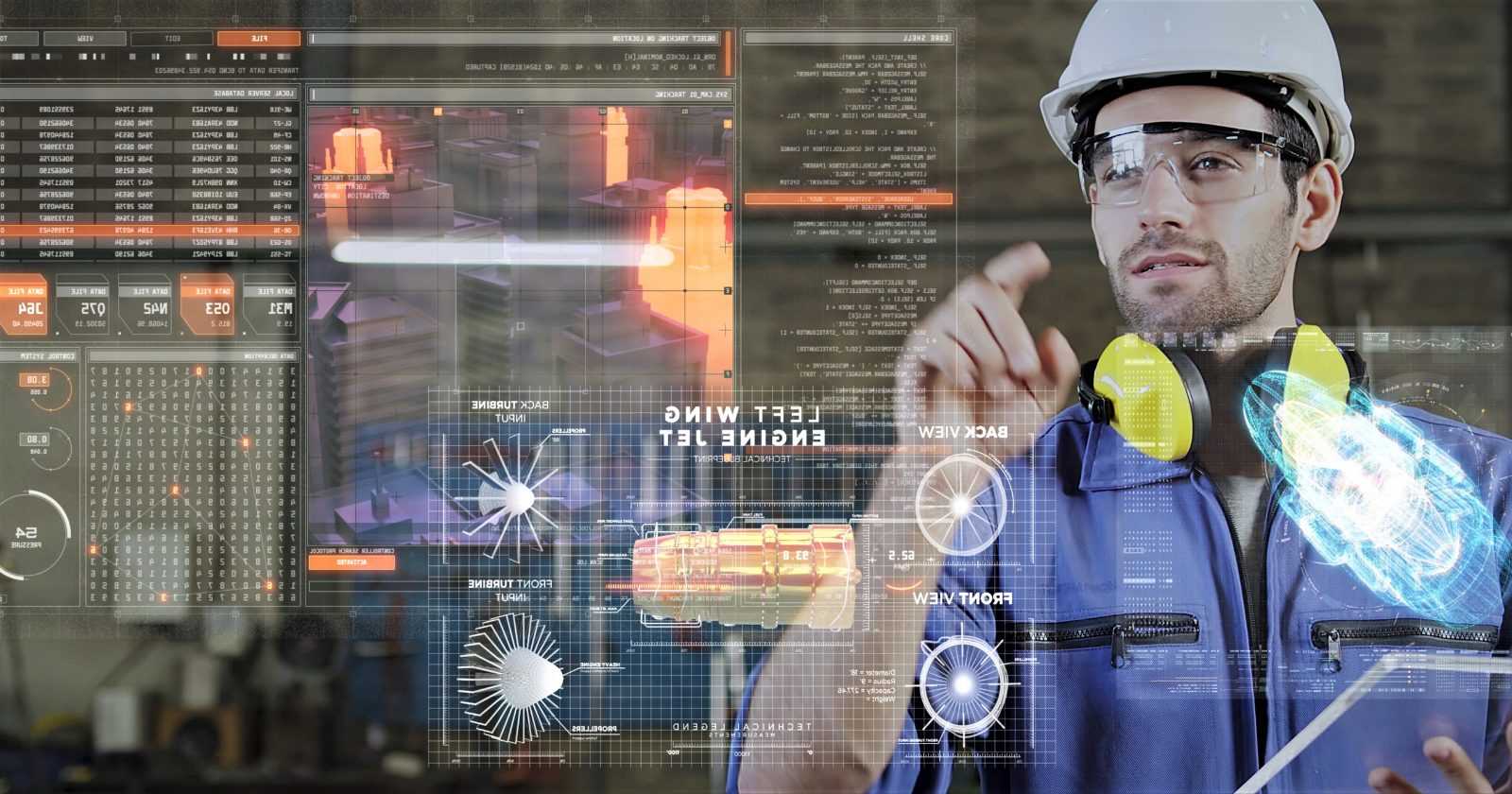To start a small-scale farm, you need at least 5 people. And the bigger the farm gets, the more staff is necessary. With innovative farm technologies – the staff needs complex training.
Virtual Training Is Already a Reality
Virtual training allows you to optimize the solution to this issue. Such training costs much less.
Modern equipment is not cheap. As unskilled workers may cause a malfunction or get an injury, virtual training allows you to avoid such situations. A new employee can work out certain scenarios in the game mode, train their skills to automatism, and after that start working with real technology.
Read more: Virtual Reality Simulations to Elevate Training
Consider the possibilities of your business growth using VR Simulation
Virtual training recreates a real working environment. An employee can carry out pre-planting field processing or harvesting. He or she executes the given scenarios and receives a certain number of points. After completing the task, the points are summed up, and the employee obtains a qualification mark. If something does not work out from the first try, you can always “replay”. Be sure to prepare everything for efficient VR training
It is necessary to train muscle memory, which works better than pure knowledge in extreme situations. The muscle memory is working out a reflex, and thus way more increases the efficiency of work.
Of course, there are video training or personal trainers. But in the first case, there is only a possibility to watch and it’s boring, while personal trainers are expensive and can not deal with several people at the same time.
AR Saves Money on Plants’ Protection Tools
When you are aware of pests and diseases, as well as of the means to be used, it allows you to make an operational decision to save the crop and reduce costs.
You can conduct a survey of the field using virtual reality. It is easier for farmers to determine the quality of the soil, to pick up the appropriate crops, and effectively use the soil potential for crop production.
How is it implemented? There are sensors that get installed in the field that scan the crops. All an agronomist has to do is point a tablet or a smartphone camera to the plant to receive information about the weather, temperature, plant health, fertilizer needs, and harvesting date.
How Does the Augmented Reality Work in This Case?
There are two options for augmented reality implementation: with the help of special glasses or smartphones and tablets.
Some smartphones have two cameras: one transmits thermal images, and the other is volumetric. Sensors that transmit information to the camera are installed in the ground. The camera reads the data and displays pop-ups on the screen. The smartphone and sensors are all the equipment you need to implement the technology. In addition, these sensors are quite inexpensive.
Why Agriculture Firms Don’t Apply Augmented Reality?
The main reason is that people here are fearful of agricultural innovations. There is no concept of the investment process – initial investments and business plans.
Read more: 10 Common Misconceptions about VR Training
Our counterarguments to the most common myths about virtual training
Farm owners do not study the market before launching a product. They do not understand many legal, financial, and technical nuances.
The spread of innovation in developed markets is faster because there is more competition. The more technology you use, the more successful you are. Those who can invest in technology – do that.
Businesses must think in advance. We use annual planning, people abroad – make 10-20 years plans.
We think innovations will also spread in our culture in a while, and now the right people should come here who will lead this process.
Augmented Reality Use Cases in Agriculture
The first use case is Plant Vision (formerly known as Huxley). This crop management system uses artificial intelligence, machine learning, and augmented reality to fully digitize plant farming. RGB, infrared cameras, and sensors are being installed in a facility to gather data. Every minute, crops get photographed and the AI does a health check by scanning the pictures. A farmer can use wearables like Google Glasses, and get information about the temperature, plant health, etc. in augmented reality.
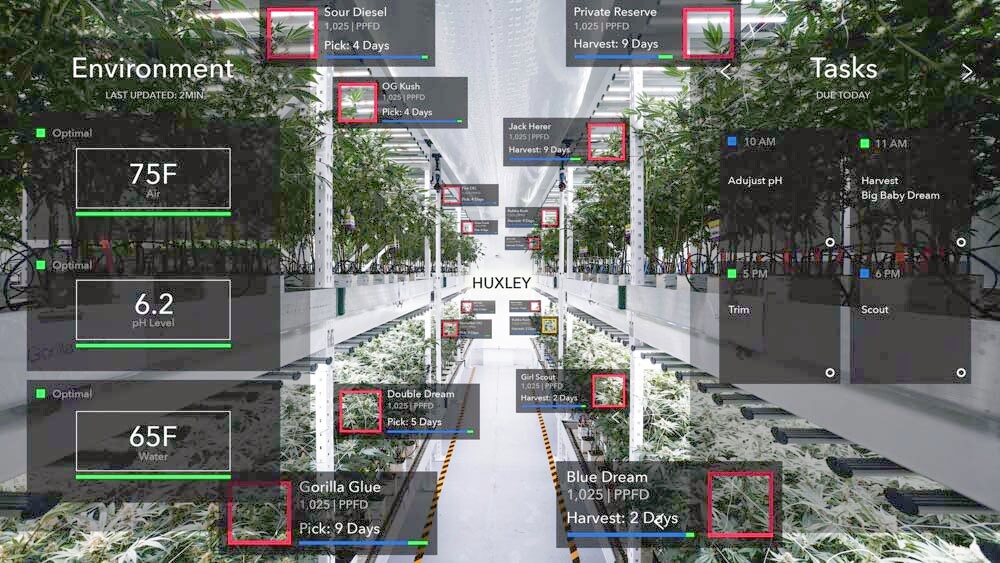
The second use case of augmented reality in agriculture is Isabel. It’s a stand-alone mobile application, which manages a 177-hectare hydroponic farm. The project started and San Francisco as a social initiative.
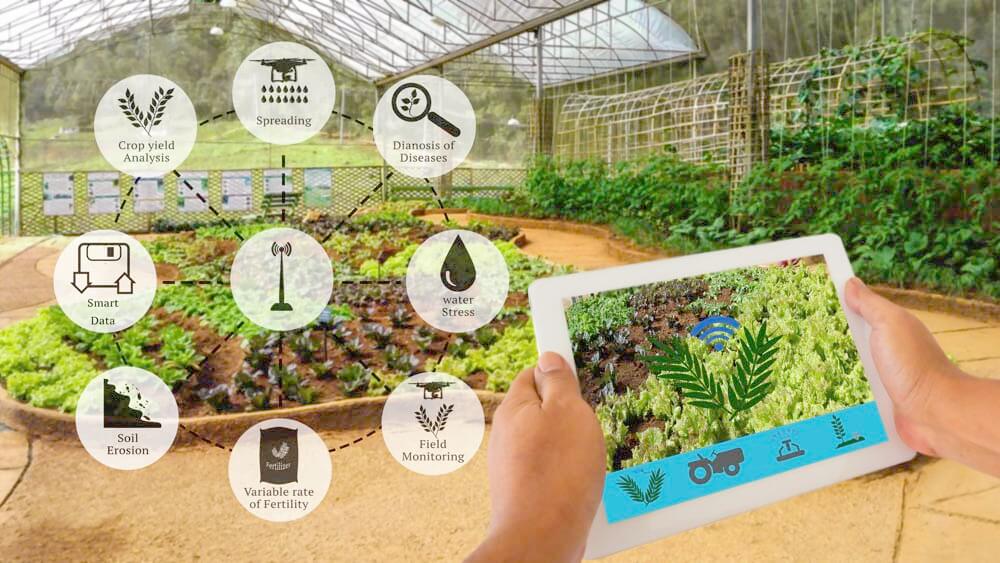
After Isabel had succeeded in San Francisco, the project moved to Peru. It had turned into a full-fledged greenhouse management application. There are timings, video tutorials, as well as automated fertilization and watering in the application.
Lastly, there’s the Amazone Group, a large agriculture machinery manufacturer. Their SmartInstruction product allows Amazone specialists to create maintenance and reparations instructions using augmented reality.
How to Build Custom Software for Agriculture
Everything starts with research and a detailed tech specification. This stage is very important as it sets the tone for the whole project. Firstly, you want to investigate the market and check out if there are similar apps. Learn what they offer and see how your product stands out.
Next comes project and tech specification. To kickstart the development process, you need to map out the features of the MVP, as well as the project details like milestones, development approach, etc. Finally, before you can get started with coding, you need to choose a tech stack for your agriculture solution.
This is a brief explanation of the steps one needs to take to build an agriculture software product. If you’re looking for an experienced team to create your own VR training software or agriculture software for commercial use, reach out to our experts. They will help you with further research and get you started with the development.
How VR and AR Are Progressing in the World?
Let’s start with the US. There are two dominant trends in the market: Military and Aerospace. In the first case, they work with grants from the US Department of Defense, in the second case – from NASA. There are already developments of space drones, similar to R2D2 from Star Wars.
The agri-sector also implements VR/AR technologies. But this area is more interested in cases with heavy equipment because it is expensive. Simulators help to train the workers.
Leading countries in the development of Serious Games (virtual training and simulations) are the United States, Great Britain, Germany, France, Japan, Arab countries (due to lack of manpower), Scandinavian countries.
Read more: Why Outsourcing VR Development Can Be Beneficial for Your Product?
Get familiar with the 3 main reasons for VR development outsourcing
China is very closed, so it’s hard to say about the state of development and the implementation of VR/AR there.
Today machine learning is a trend. We work with systems that are learning themselves. Also, there are interesting solutions for surgery now – prototypes of surgical gloves. There are technologies being developed when in mixed (VR+AR) reality it is possible to touch something.
Simulation games don’t lose popularity as well. There is a big farm simulator called Pure Farming. It’s developed for Playstation VR and Sony is investing in it. Likewise, farm simulators for mobile phones are being developed. Moreover, they are developed not only for games. Farmers’ unions in the US invest in these games as a learning tool. There is a boom in this area and a high demand for advertising by agricultural machinery producers. The farming simulator is about to create a parallel world of farms like the World of Warcraft.
Conclusion
As you can see, virtual and augmented reality in agriculture are advancing and finding implementation across many industry leaders. This approach opens huge possibilities for businesses by automating many processes and showing in an interactive way how business operations are conducted.
Farming entrepreneurs are still fearful of investing in technologies as they do not simply know the full spectrum of AR and VR possibilities.

